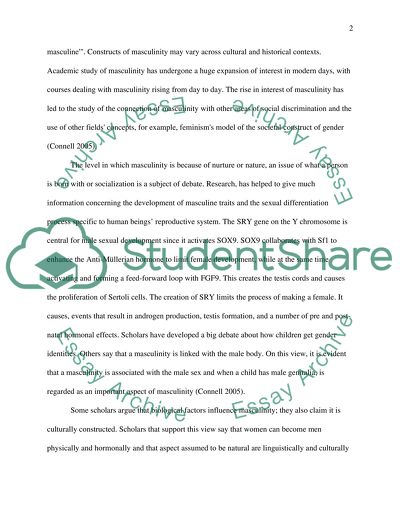Cite this document
(“How masculinity is Constructed within Men's Health magazine Essay”, n.d.)
How masculinity is Constructed within Men's Health magazine Essay. Retrieved from https://studentshare.org/journalism-communication/1638407-how-masculinity-is-constructed-within-mens-health-magazine
How masculinity is Constructed within Men's Health magazine Essay. Retrieved from https://studentshare.org/journalism-communication/1638407-how-masculinity-is-constructed-within-mens-health-magazine
(How Masculinity Is Constructed Within Men'S Health Magazine Essay)
How Masculinity Is Constructed Within Men'S Health Magazine Essay. https://studentshare.org/journalism-communication/1638407-how-masculinity-is-constructed-within-mens-health-magazine.
How Masculinity Is Constructed Within Men'S Health Magazine Essay. https://studentshare.org/journalism-communication/1638407-how-masculinity-is-constructed-within-mens-health-magazine.
“How Masculinity Is Constructed Within Men'S Health Magazine Essay”, n.d. https://studentshare.org/journalism-communication/1638407-how-masculinity-is-constructed-within-mens-health-magazine.


